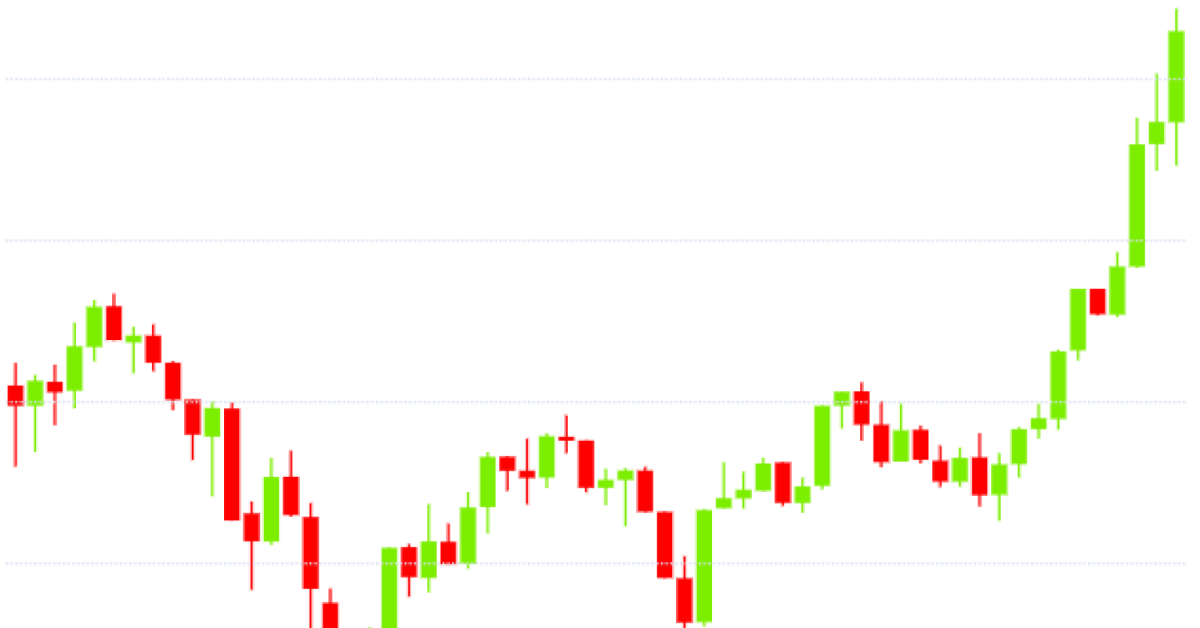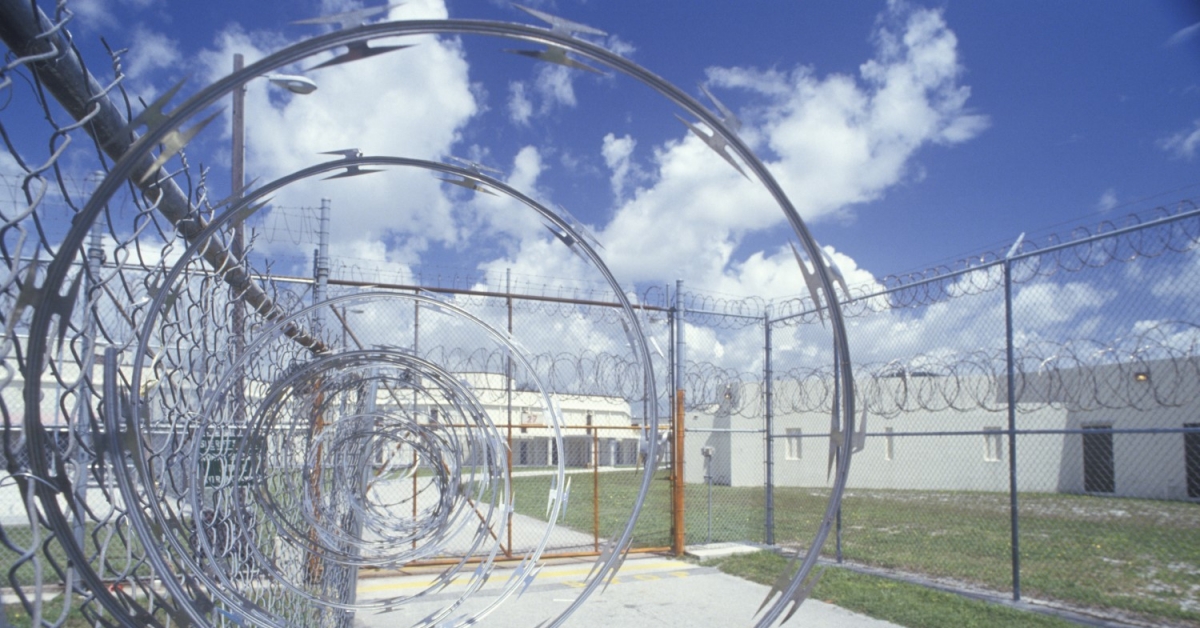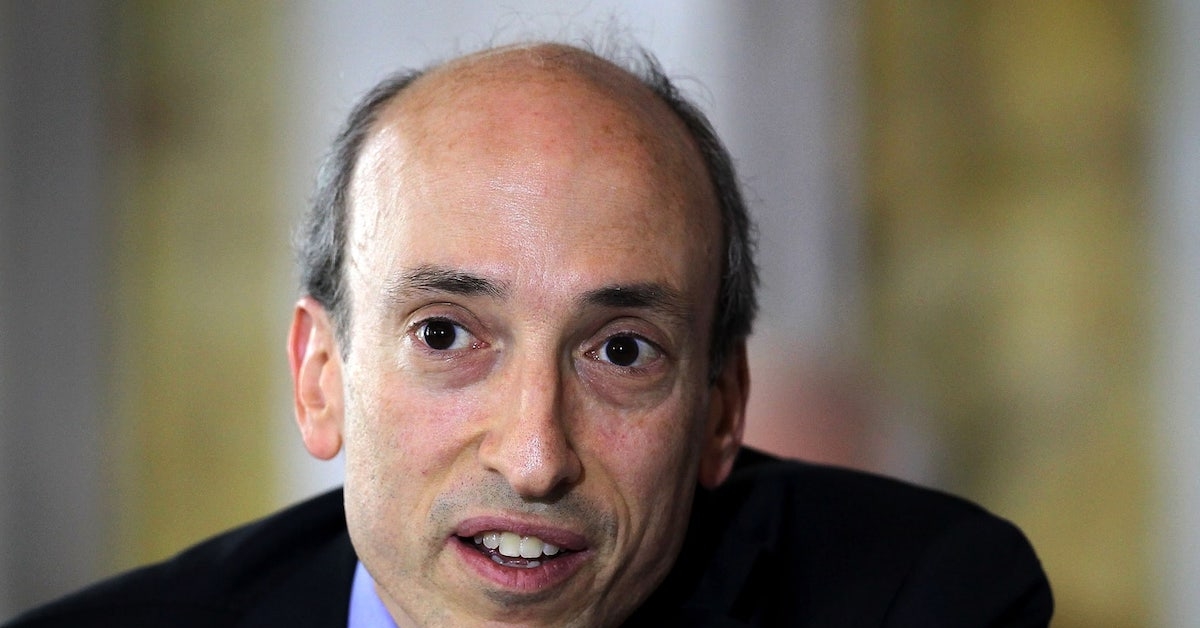Bitmain Lawsuit Seeks Millions from Staffers Who Founded Rival Mining Pool

The Takeaway
- Bitmain is suing three former employees who started Poolin, a rival to the chip manufacturer’s BTC.com mining pool.
- The company is seeking $4 million in damages, alleging the Poolin co-founders violated their non-compete agreements; The former employees say Bitmain voided the non-compete by failing to pay them on time as agreed.
- The case offers a rare window on Bitmain’s inner-workings and employment practices.
Cryptocurrency mining giant Bitmain is locked in a legal battle with three former employees who started a rival mining pool.
Bitmain, the owner of BTC.com, the world’s top bitcoin mining pool by hash rate, is suing the co-founders of Poolin, the seventh-largest pool, for allegedly violating a non-compete agreement – and it’s demanding $4.3 million in damages from one of them.
For their part, the three Poolin co-founders say they were no longer bound by the non-compete, since it was Bitmain that invalidated their contracts for failing to pay compensation on time as agreed.
The case offers a rare window on the inner workings and employment practices of Bitmain, one of the blockchain industry’s largest and most powerful companies.
Bitmain makes most of its money from selling mining equipment, according to financials disclosed during the firm’s abortive attempt to go public. But it also operates mining pools, essentially software products miners use to split rewards. This service accounted for $43.2 million of Bitmain’s revenues in the first half of 2018, the most recent period for which data is available, compared to $2.7 billion of hardware sales during the same period.
There are six lawsuits pending in the Beijing Haidian District court. The three Poolin co-founders – CEO Zhibiao Pan; COO Fa Zhu; and CTO Tianzhao Li – each sued Bitmain preemptively, seeking to be released from the non-compete.
Bitmain, in turn, countersued each of them, claiming they caused significant losses to the company after leaving by operating a directly competing pool. Aside from seeking damages, Bitmain asked the court to order the Poolin executives to resume honoring the non-compete agreement.
The dispute has largely escaped public notice, but video footage recently became available of an April 30 hearing where the two sides made their respective cases. The video only showed discussion of the case between Pan and Bitmain. As such, exact details regarding the other two former employees were not clear until now.
The birth of BTC.com
The main dispute in these cases boils down to the roles the three Poolin founders played in Bitmain’s flagship mining pool BTC.com, and the non-compete agreements they signed when they decided to leave Bitmain.
In a WeChat post written by Zhu and published by a Chinese crypto media outlet in January commemorating bitcoin’s 10-year anniversary, he briefly recounted the trio’s work at Bitmain.
Zhu wrote that back in 2015, the three – while still focusing on Bitmain’s original mining pool, Antpool – proposed to launch BTC.com as a parallel service within Bitmain.
The idea was not initially supported by Bitmain, Zhu wrote, and the three had to develop and roll it out on their own using Pan’s own capital at the beginning. In 2016, Pan open-sourced the code of BTC.com, which helped lower the threshold for anyone that’s interested in launching a mining pool business.
The three collaborators left Bitmain around mid-2017. Under the non-compete agreement, Bitmain would pay monthly compensation to Pan after his departure of about $2,780 for 24 months, and in return, prohibit him from specifically operating a bitcoin mining pool. The compensation for the other two under such agreements was not clear from the court video.
After their departure from Bitmain, Pan, Zhu and Li launched Poolin as mining pool for multiple cryptocurrency assets in November 2017. They didn’t launch a pool service for bitcoin until July 2018, when they mined Poolin’s first block of the largest cryptocurrency by market cap.
It has since grown into one of the largest bitcoin mining pools. Based on facts agreed on by both sides of the case and presented to the court, as of Feb. 14, Poolin was the third biggest operation by hash rate in the world, after BTC.com and AntPool. All told, miners connected to Poolin had mined 26,825 bitcoin, worth $220 million at today’s prices.
Notably, Poolin’s share of the hash rate has dropped since then to about 8.2 percent, and its rank has fallen to No. 7, based on the current distribution of bitcoin’s network computation.
Bitmain cries foul
Subsequently, Bitmain alleged that such conduct violated the non-compete agreement, and demanded that Pan return all the paid compensation, as well as a fine of $667,000 for reneging.
Further, Bitmain’s lawyers argued at the hearing that the revenues Poolin generated from mining the 26,825 bitcoin should be considered a profit made by violating the agreement, which should be paid back as a loss to Bitmain.
“Based on the agreement, if it’s difficult to calculate all the direct and indirect loss [for Bitmain due to Poolin’s violation], then the loss should be calculated based on the profits made by the violating party,” one of the lawyers said.
“As of Feb. 14, the total profits for Poolin would be 26,825 bitcoin times 4 percent, which was their handling fee, and times bitcoin’s price at the time, which was 24,518 yuan [$3,500],” the lawyer argued.
That, added to the alleged fine, would amount to more than 30 million yuan, or about $4.3 million.
Poolin pushes back
But lawyers representing the Poolin founders argued to the court that Pan was not obligated to honor the agreement and thus should not be ordered to pay damages.
Pan’s lawyers said in the hearing that Bitmain failed to pay Pan the agreed-upon compensation on time, citing lines from the agreement that if Party A (Bitmain) did not pay the compensation within a month since Party B (Pan)’s departure, it would mean Party A voided its obligation.
Further, Pan’s lawyers argued the transaction fee Poolin received doesn’t necessarily translate to profits of the company because until the date of the hearing, the firm had not turned a profit. In addition, the fact that Poolin successfully mined 26,825 bitcoin also does not necessarily mean it would be a loss for BTC.com, the lawyer said.
“There are a lot more bitcoin mining pools in this network. It’s not just Poolin v.s. BTC.com. Even if Poolin didn’t operate its bitcoin mining pool, it does not necessarily mean Bitmain will be able to mine those coins.” the lawyer argued.
So far, it’s not yet clear from the public record whether the court has made a judgment or when it will. The judge asked at the end of the hearing if there was a way for the two parties to settle the case. Lawyers from Bitmain declined to discuss that at the court and suggested waiting until after the hearing adjourned.
Bitmain declined to comment or provide further clarification on the status of the cases. Poolin executives did not respond to CoinDesk’s inquiries by press time.
This is not the first time Bitmain has had a legal dispute with former senior executives. In 2017, it sued Zuoxing Yang, a former Bitmain chip design director who left to launch Bitewei, a rival mining equipment manufacturer, over patent rights infringement.
Bitmain initially demanded damages of 26 billion yuan, or $3.8 billion, but later reduced the claim to $380,000. In 2018, the court in Xinjiang that oversaw the case dismissed Bitmain’s complaint after Yang successfully revoked Bitmain’s patent over the technology in dispute.
Hearing image via Beijing Haidian District Court









